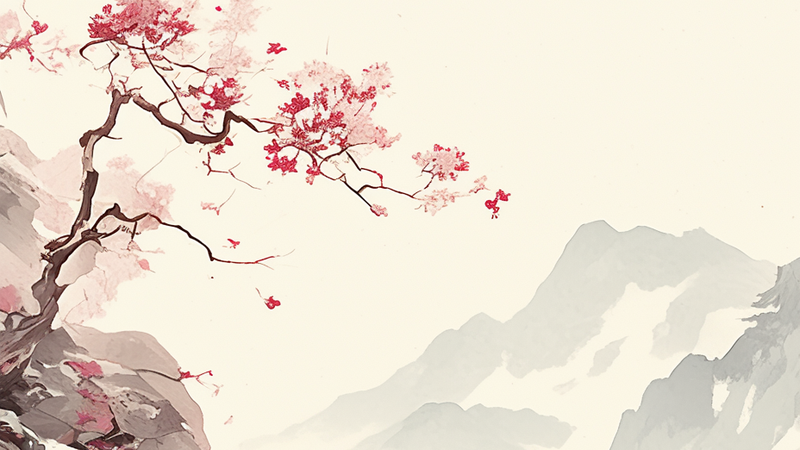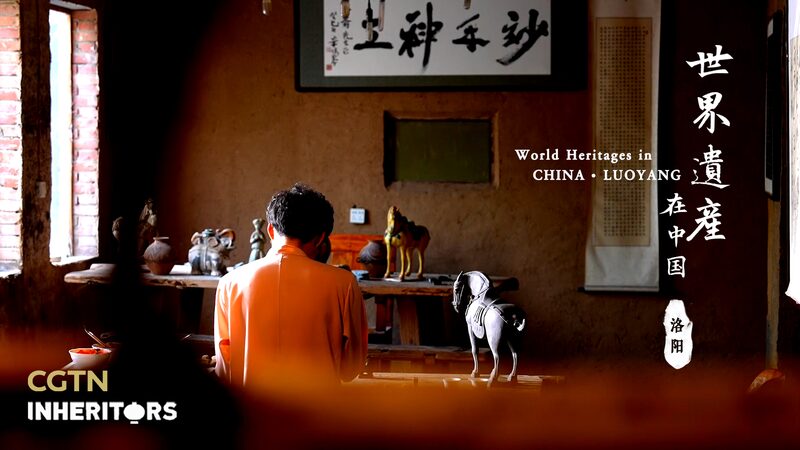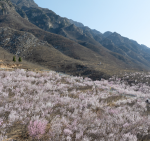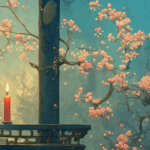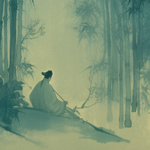An 8th-century poem by Tang Dynasty luminary Wang Wei offers timeless reflections on nature's ephemeral splendor. The verses from Magnolia Valley depict crimson magnolia blossoms flourishing undetected in mountain solitude – their vivid yearly bloom and quiet scattering symbolizing both life's transience and nature's independent rhythms.
As one of China's most celebrated poet-painters, Wang Wei (701-761) blended artistic disciplines to create 'poetic paintings' renowned for meditative simplicity. These lines exemplify his signature style: 'At treetop's edge, magnolias bloom/Crimson petals light the mountain's gloom/By the silent stream, no soul is near/They fall and scatter, year by year.'
Scholars note the work's resonance with Buddhist concepts of impermanence, while cultural historians highlight its enduring influence on East Asian artistic traditions. For contemporary readers, the poem offers both aesthetic appreciation and a contemplative counterpoint to modern urban life.
As spring bloom cycles accelerate due to climate shifts, Wang's observations gain fresh relevance – reminding global audiences to pause and observe nature's brief yet magnificent performances.
Reference(s):
cgtn.com
